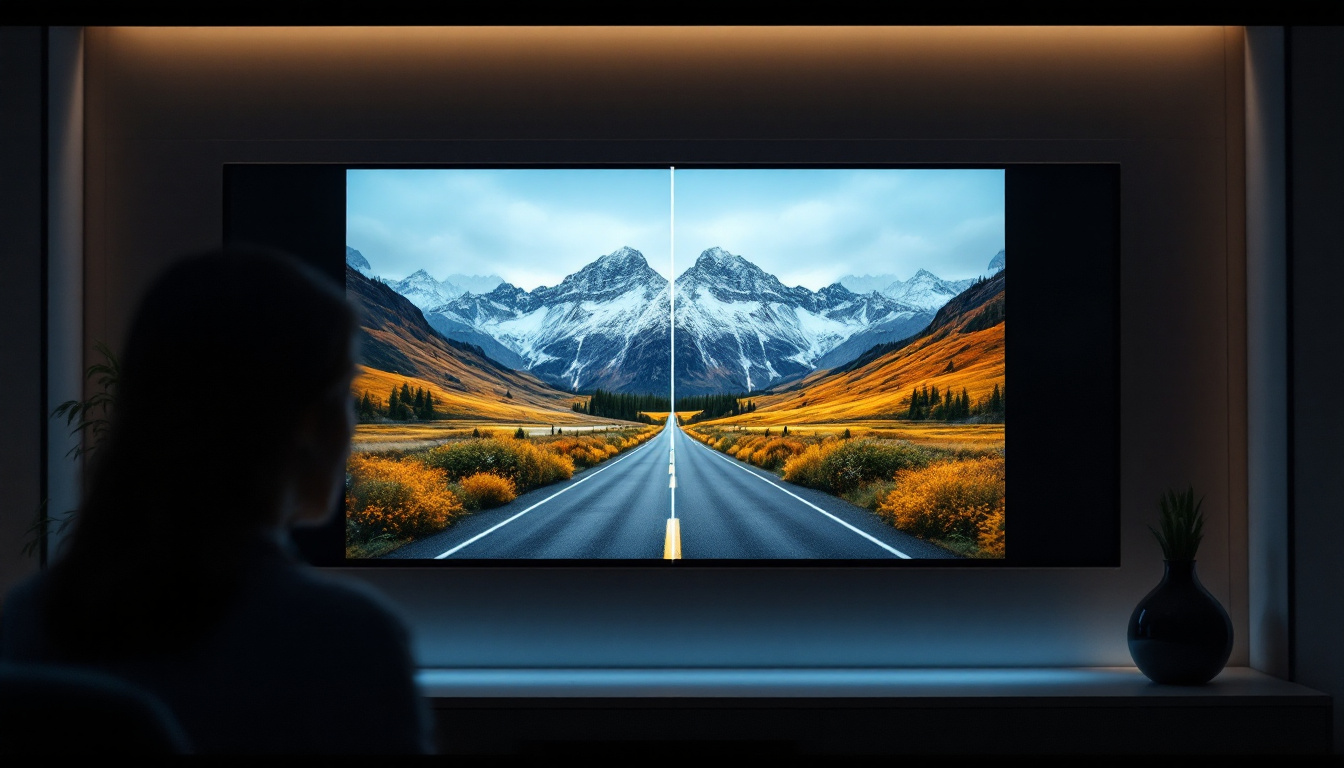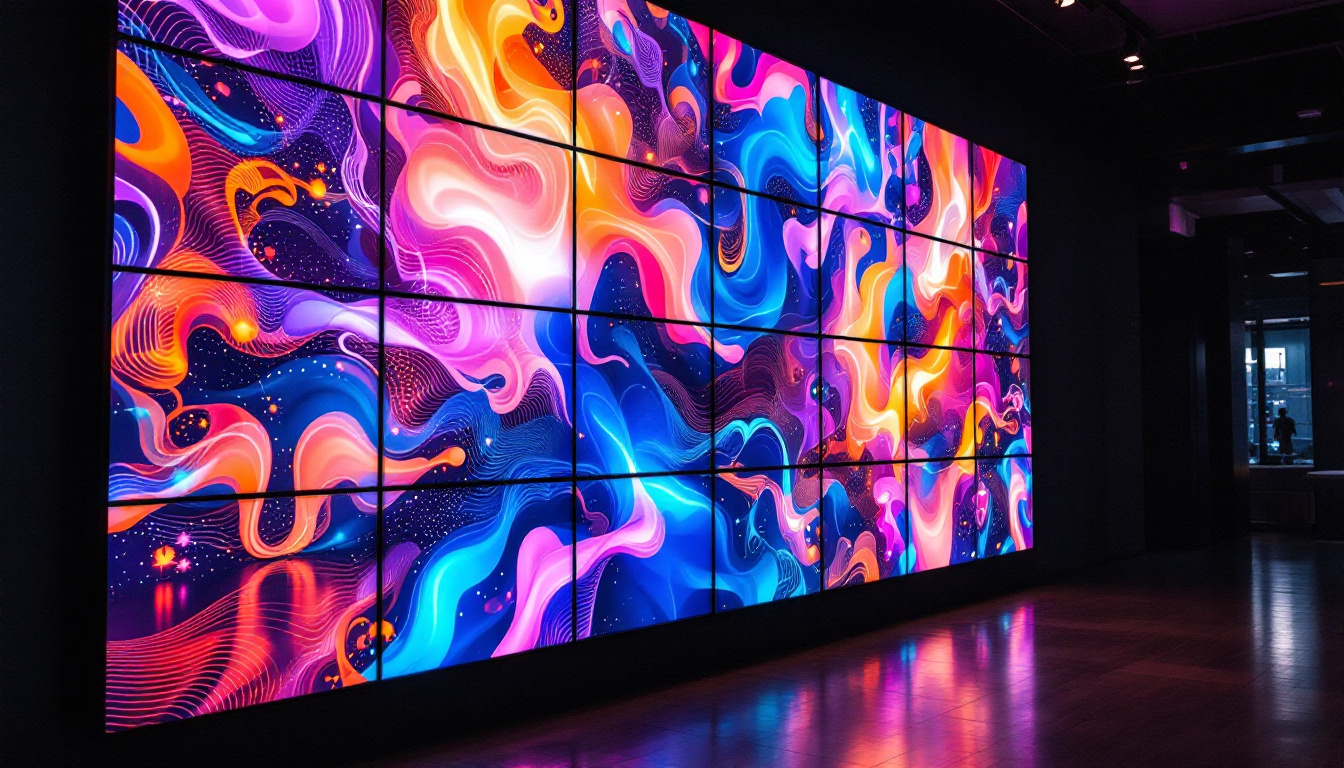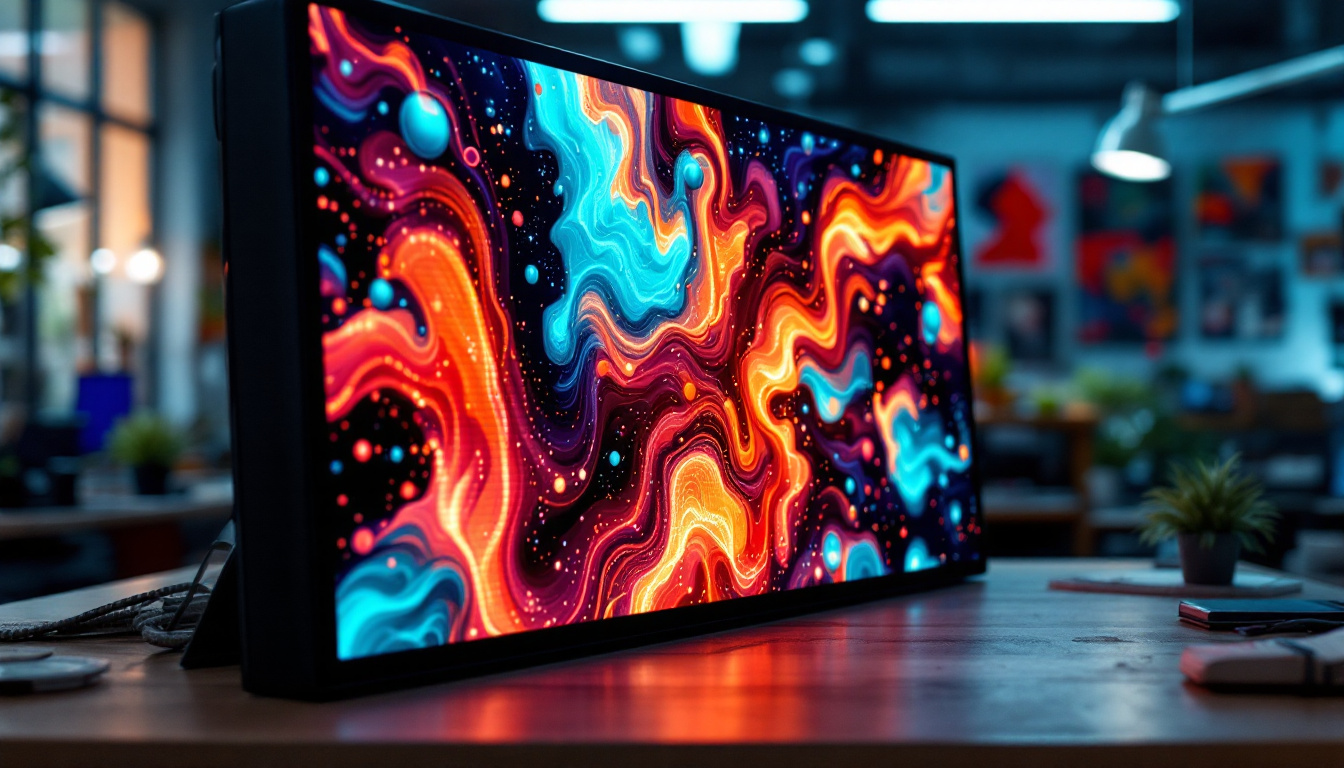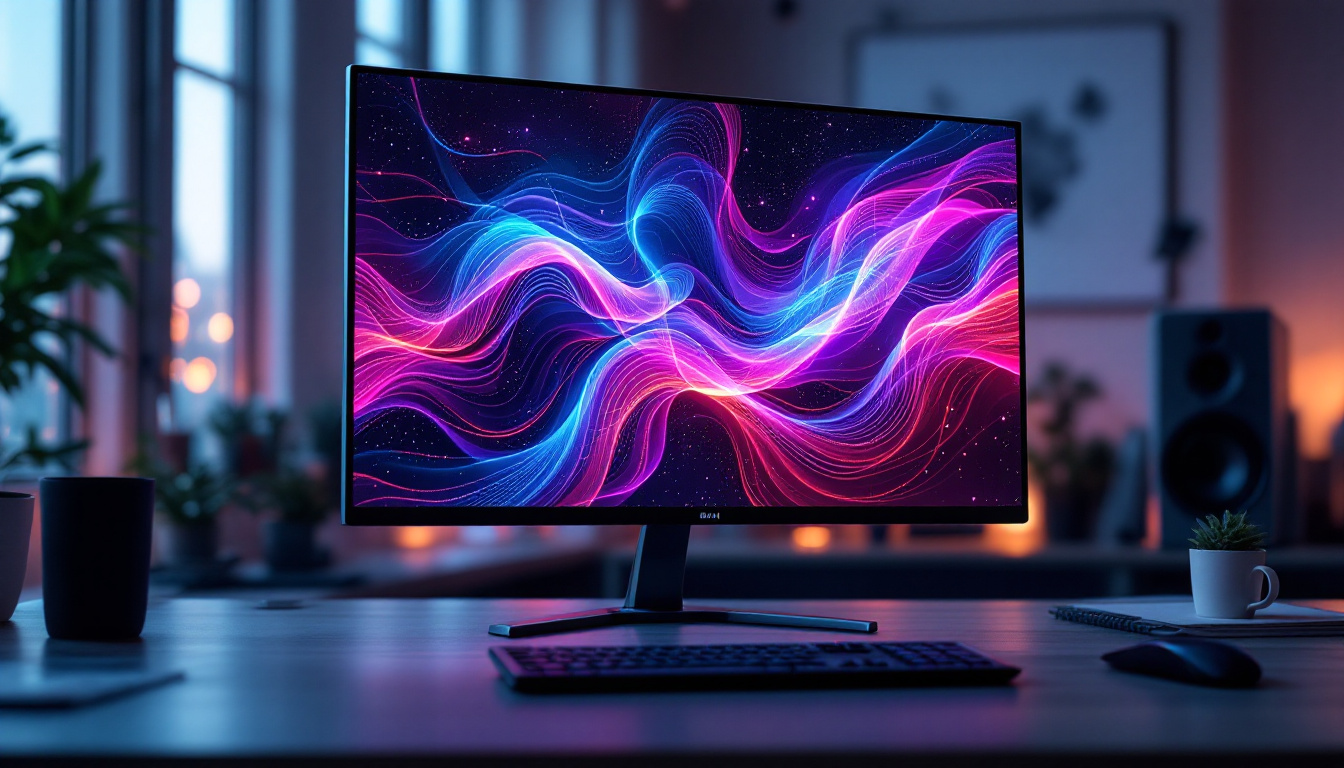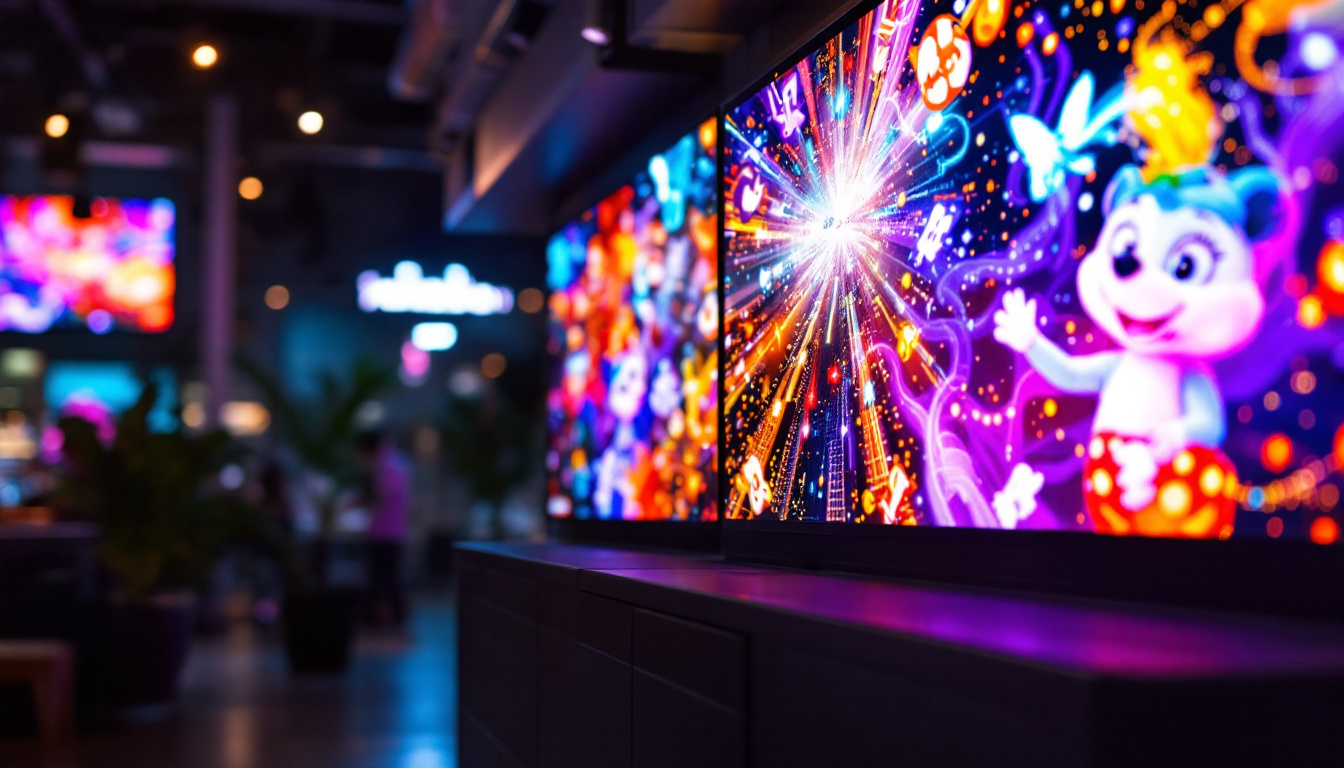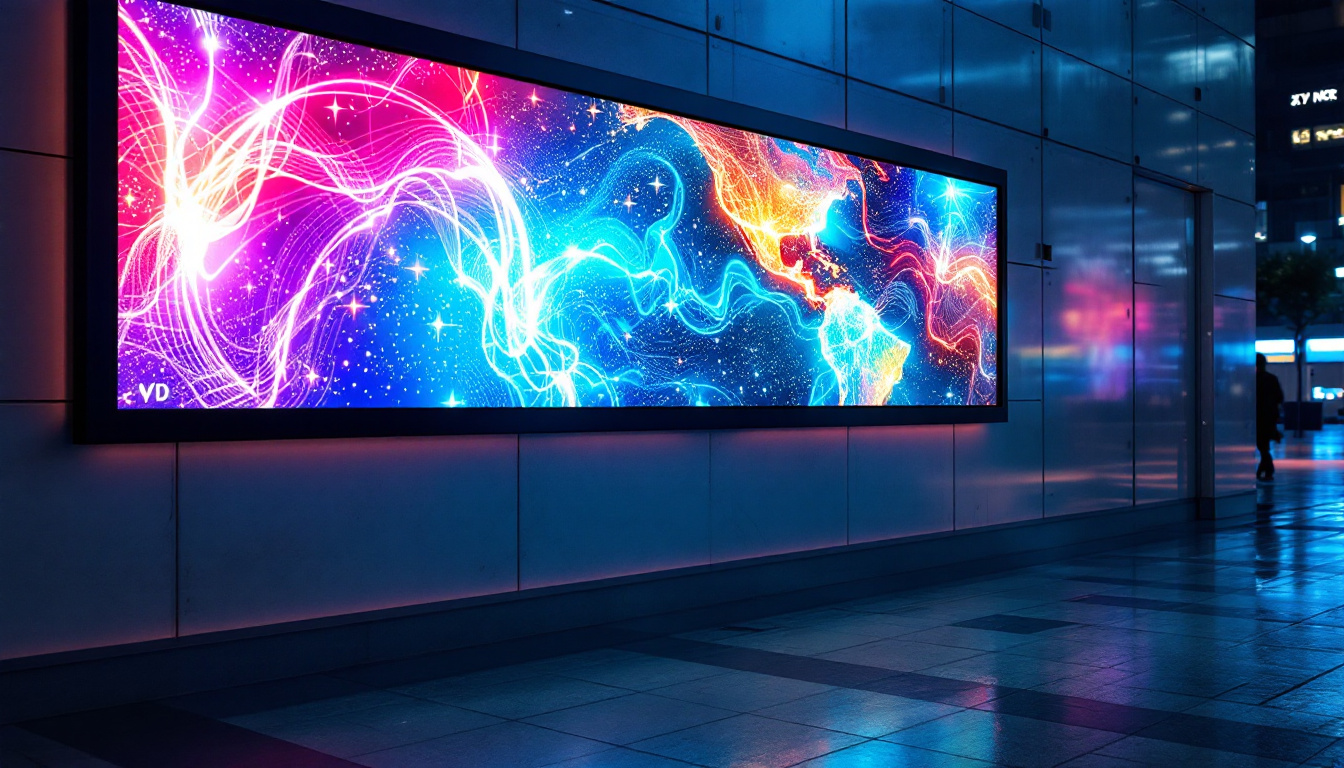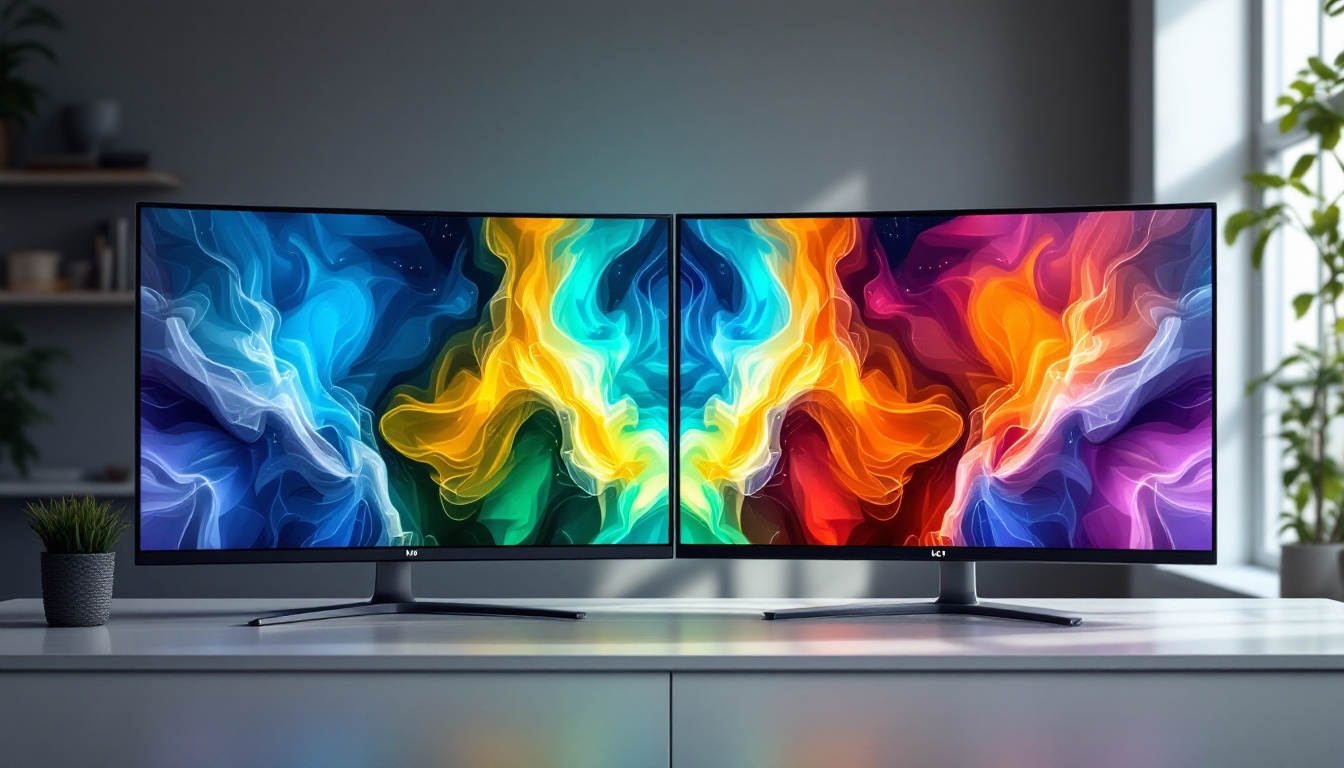Display Port 2.1 Vs HDMI 2.1: LED Display Explained
As technology continues to advance, the debate between DisplayPort 2.1 and HDMI 2.1 has become increasingly relevant for consumers and professionals alike. Both standards offer impressive capabilities for transmitting high-quality video and audio signals, but they cater to different needs and applications. This article delves into the key differences, advantages, and use cases of DisplayPort 2.1 and HDMI 2.1, providing a comprehensive understanding of how these technologies impact LED displays.
Understanding the Basics of DisplayPort and HDMI
DisplayPort and HDMI are two of the most widely used interfaces for connecting video sources to displays. While both serve similar purposes, they have distinct characteristics and specifications that make them suitable for different scenarios.
What is DisplayPort?
DisplayPort is a digital display interface developed by the VESA (Video Electronics Standards Association). It was designed to replace older standards like VGA and DVI, providing higher bandwidth and support for advanced features. The latest version, DisplayPort 2.1, offers significant improvements over its predecessors, including increased bandwidth and support for higher resolutions and refresh rates. One of the standout features of DisplayPort is its ability to daisy-chain multiple monitors from a single output, making it an ideal choice for professionals who require extensive screen real estate, such as graphic designers and video editors. Additionally, DisplayPort supports adaptive sync technology, which helps eliminate screen tearing during gaming by synchronizing the refresh rate of the display with the frame rate of the graphics card.
What is HDMI?
HDMI, or High-Definition Multimedia Interface, is a widely adopted interface for transmitting high-definition video and audio signals. Initially designed for consumer electronics, HDMI has evolved over the years, with HDMI 2.1 being the latest iteration. This version introduces several enhancements, such as support for higher resolutions, dynamic HDR, and improved audio return channel capabilities. HDMI is particularly popular in home entertainment systems, as it simplifies connections by combining video and audio into a single cable. Furthermore, HDMI supports various audio formats, including multi-channel audio, which is essential for immersive home theater experiences. The versatility of HDMI also extends to its compatibility with a wide range of devices, from gaming consoles and Blu-ray players to televisions and projectors, making it a go-to choice for everyday consumers.
Key Specifications of DisplayPort 2.1 and HDMI 2.1
Understanding the specifications of DisplayPort 2.1 and HDMI 2.1 is essential for making informed decisions about which interface to use. Here, we will explore the key features and capabilities of both standards.
Bandwidth and Resolution
One of the most significant differences between DisplayPort 2.1 and HDMI 2.1 is their bandwidth capabilities. DisplayPort 2.1 offers a maximum bandwidth of 80 Gbps, which allows for resolutions up to 16K at 60Hz or 8K at 120Hz. This high bandwidth is particularly beneficial for professionals working with high-resolution content, such as video editors and graphic designers. The ability to support such high resolutions means that users can work with multiple displays simultaneously, enhancing productivity and providing a more immersive experience.
On the other hand, HDMI 2.1 supports a maximum bandwidth of 48 Gbps. While this is sufficient for 8K video at 60Hz and 4K video at 120Hz, it falls short compared to DisplayPort 2.1. However, HDMI 2.1 is designed with consumer electronics in mind, making it ideal for gaming consoles and home theater systems. The inclusion of features like Variable Refresh Rate (VRR) and Quick Frame Transport (QFT) in HDMI 2.1 further enhances the gaming experience by reducing lag and screen tearing, making it a popular choice among gamers who prioritize smooth performance.
Audio Features
Both DisplayPort 2.1 and HDMI 2.1 support multi-channel audio formats, including Dolby Atmos and DTS:X. However, HDMI 2.1 has an advantage with its enhanced Audio Return Channel (eARC) feature, which allows for higher-quality audio transmission from the TV back to the audio system. This is particularly useful for users who want to simplify their home theater setup without sacrificing audio quality. With eARC, users can enjoy uncompressed audio formats, ensuring that they experience the full depth and richness of soundtracks and sound effects.
Moreover, the versatility of HDMI 2.1 extends beyond just audio and video. It includes features like Auto Low Latency Mode (ALLM), which enables devices to automatically switch to a low-latency mode for gaming, and Dynamic HDR, which ensures that each scene is displayed with the best possible brightness, contrast, and color. This combination of features makes HDMI 2.1 not only a robust choice for video and audio but also a forward-thinking option for future-proofing home entertainment systems as technology continues to evolve.
Use Cases for DisplayPort 2.1
DisplayPort 2.1 is particularly suited for specific use cases, especially in professional environments where high performance is critical. Here are some scenarios where DisplayPort 2.1 shines.
Gaming
For gamers seeking the ultimate experience, DisplayPort 2.1 offers features like variable refresh rates and support for high resolutions and refresh rates. This is especially important for competitive gaming, where every millisecond counts. The ability to achieve 4K at 240Hz or even 8K at 120Hz provides a smoother and more responsive gaming experience. Furthermore, the integration of technologies such as Adaptive Sync minimizes screen tearing and stuttering, allowing gamers to fully immerse themselves in their virtual worlds without distractions. This level of performance not only enhances gameplay but also allows for a more enjoyable streaming experience, as gamers can broadcast their sessions in stunning detail without compromising frame rates.
Professional Workstations
In the realm of professional graphics and video editing, DisplayPort 2.1 is a game changer. Its high bandwidth allows for multiple high-resolution monitors to be connected simultaneously, making it easier for professionals to manage complex workflows. Additionally, features like HDR support enhance the visual quality of content being produced, ensuring that creators can work with the best possible fidelity. The capability to daisy-chain multiple displays means that professionals can create expansive workspaces tailored to their specific needs, whether they are editing high-definition video or designing intricate graphics. Moreover, the increased color depth and improved color accuracy provided by DisplayPort 2.1 enable designers and artists to see their work in true-to-life colors, which is essential for tasks that demand precision and attention to detail.
Use Cases for HDMI 2.1
HDMI 2.1 has its own set of advantages, particularly in consumer electronics and home entertainment. Here are some scenarios where HDMI 2.1 excels.
Home Theater Systems
For home theater enthusiasts, HDMI 2.1 is the go-to choice. Its support for enhanced audio return channel (eARC) allows for seamless audio integration with soundbars and AV receivers. This feature simplifies the connection process while ensuring high-quality audio playback, making it ideal for movie nights and immersive gaming experiences.
Gaming Consoles
With the rise of next-generation gaming consoles like the PlayStation 5 and Xbox Series X, HDMI 2.1 has become increasingly relevant. These consoles leverage HDMI 2.1’s capabilities to deliver 4K gaming at high frame rates, along with features like variable refresh rates and auto low latency mode. This ensures that gamers enjoy a smooth and responsive experience, enhancing overall gameplay.
Comparative Analysis: DisplayPort 2.1 vs. HDMI 2.1
When comparing DisplayPort 2.1 and HDMI 2.1, it’s essential to consider various factors that may influence the decision-making process. Here are some key points of comparison.
Compatibility
HDMI is ubiquitous in consumer electronics, making it the standard choice for TVs, projectors, and gaming consoles. DisplayPort, while commonly found in monitors and PCs, is less prevalent in home entertainment setups. This difference in compatibility can be a deciding factor for consumers looking to connect devices seamlessly.
Cable Length and Signal Quality
DisplayPort cables can generally maintain signal quality over longer distances compared to HDMI cables. This is particularly beneficial in professional environments where displays may be situated far from the source device. HDMI, however, has made strides in this area with the introduction of active cables and extenders, but DisplayPort still holds an edge in this regard.
Future-Proofing Your Setup
As technology evolves, the need for future-proofing becomes increasingly important. Both DisplayPort 2.1 and HDMI 2.1 offer features that cater to future advancements in display technology.
Support for Higher Resolutions and Refresh Rates
With the advent of 8K and even 16K displays on the horizon, having a connection that can handle these resolutions is crucial. DisplayPort 2.1’s higher bandwidth makes it more suitable for future developments in display technology, while HDMI 2.1 also provides adequate support for current and near-future resolutions.
Adoption of New Technologies
Both standards are likely to evolve further, incorporating new technologies such as improved HDR formats and enhanced audio capabilities. As manufacturers continue to innovate, keeping an eye on the latest developments in both DisplayPort and HDMI will help consumers make informed decisions about their setups.
Conclusion: Choosing the Right Interface for Your Needs
In the battle of DisplayPort 2.1 vs. HDMI 2.1, the choice ultimately depends on individual needs and use cases. DisplayPort 2.1 excels in professional settings, offering higher bandwidth and better support for multi-monitor setups, making it ideal for gamers and content creators. Conversely, HDMI 2.1 shines in consumer electronics, providing seamless integration with home theater systems and gaming consoles.
Understanding the strengths and weaknesses of each standard is essential for making an informed decision. Whether prioritizing high resolution, audio quality, or compatibility, consumers can choose the interface that best suits their specific requirements. As technology continues to advance, both DisplayPort and HDMI will play crucial roles in shaping the future of visual and audio experiences.
Ultimately, staying informed about the latest developments in these technologies will ensure that users can maximize their setups and enjoy the best possible performance from their displays.
Explore Cutting-Edge LED Display Solutions
Whether you’re a professional seeking unparalleled display performance or a home entertainment enthusiast aiming for the ultimate audio-visual experience, LumenMatrix has the innovative LED display technology to elevate your setup. With our comprehensive range of LED display modules, including Indoor and Outdoor LED Wall Displays, Vehicle LED Displays, and more, you’re sure to find the perfect solution to meet your needs. Experience the future of visual communication with LumenMatrix’s advanced LED display solutions. Check out LumenMatrix LED Display Solutions today and transform the way you share your message with the world.


